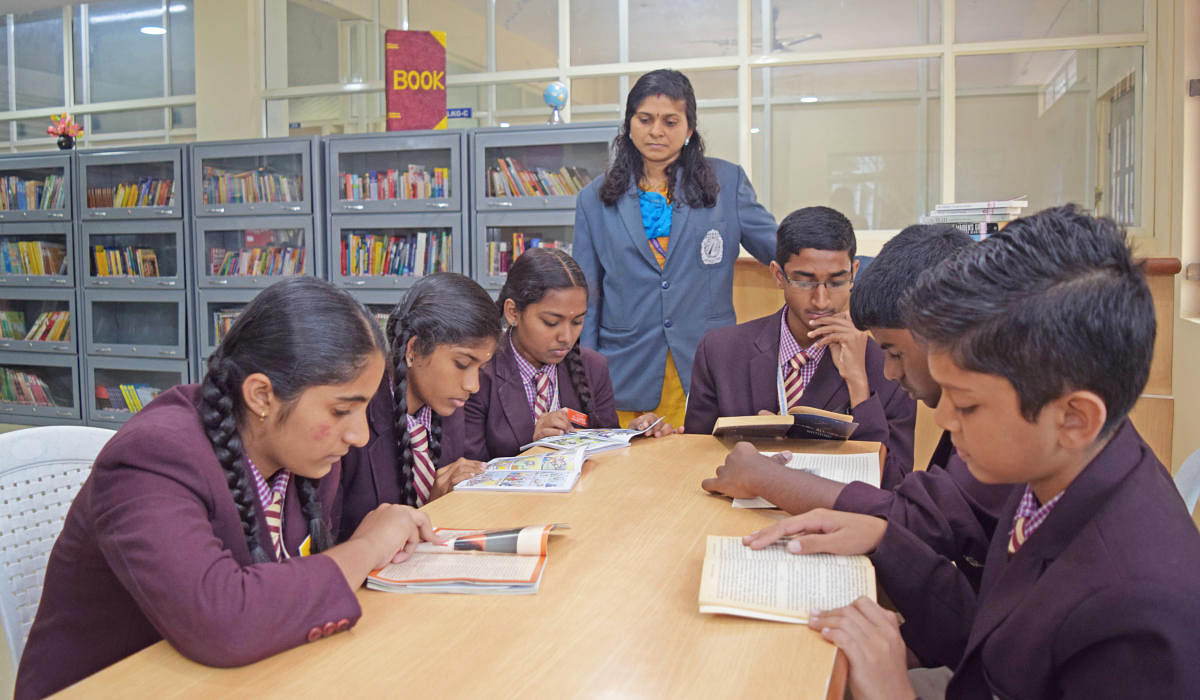
Traditional learning has come to a halt as the novel coronavirus forced people to stay home and practice social distancing. Education has changed drastically with the swift rise of e-learning. Many are wondering whether the adoption of online learning will continue to persist post-pandemic, and how such a shift would impact education.
The situation does not seem to get better until there’s a vaccine and the education sector has been quick to adapt. In order to ensure that the student’s academic year is not wasted, the traditional classroom teaching is getting replaced by virtual classrooms. Although working from home has worked perfectly for the professionals, the students, parents and teachers have shared their mixed responses on ‘studying from home.’
Right from offering the space to personally meet each other and develop an emotional connect, to learning to adjust and compete with other students, there are a lot of undeniable benefits that traditional classrooms have to offer such as:
Better student-teacher engagement levels
Instills cooperative behaviour amongst students
Teacher can pay attention and guide the students individually
Increased level of competition between children
Contributes to defining a child’s personality and character
A teacher’s personal attention leads to the children being disciplined
Challenges of ‘studying from home’
There are concerns regarding privacy and security of children. Lack of supervision can expose the children to cyber bullying and other kinds of cyber crime
Online teaching, especially with young children is only possible under dedicated supervision of teacher or parents which is difficult
The attention span of the children is constantly fluctuating. The lack of discipline and increased comfort of their homes can cause hinderance in their focus
Minimum opportunity for healthy discussions and interactions between children
Exposure to internet at tender age can have adverse effects on children
Relevance of traditional classrooms
The experience of learning in a physical and interactive environment where teachers ensure an undivided attention from students and have a personal connect with them is only possible in a classroom. The level of engagement it provides between teachers and students in the classrooms is one of the reasons that makes traditional learning the best model of education.
Teachers play a pivotal role in a child’s overall development. They are responsible for instilling discipline and providing a sense of direction to students in a traditional learning environment that is also missing in online learning. Hence one-on-one teaching has proved to be much more effective than online learning.
While the world is getting used to with digitisation in all aspects of life, few things are better when left in their conventional forms and offline learning is one of them. While ‘studying at home’ could be the best possible fix amidst the corona outbreak, it is just temporary and can never replace the way children learn in the traditional classroom set-up.
(The author is co-founder, The Sack Club and founder, EDCel Consulting)